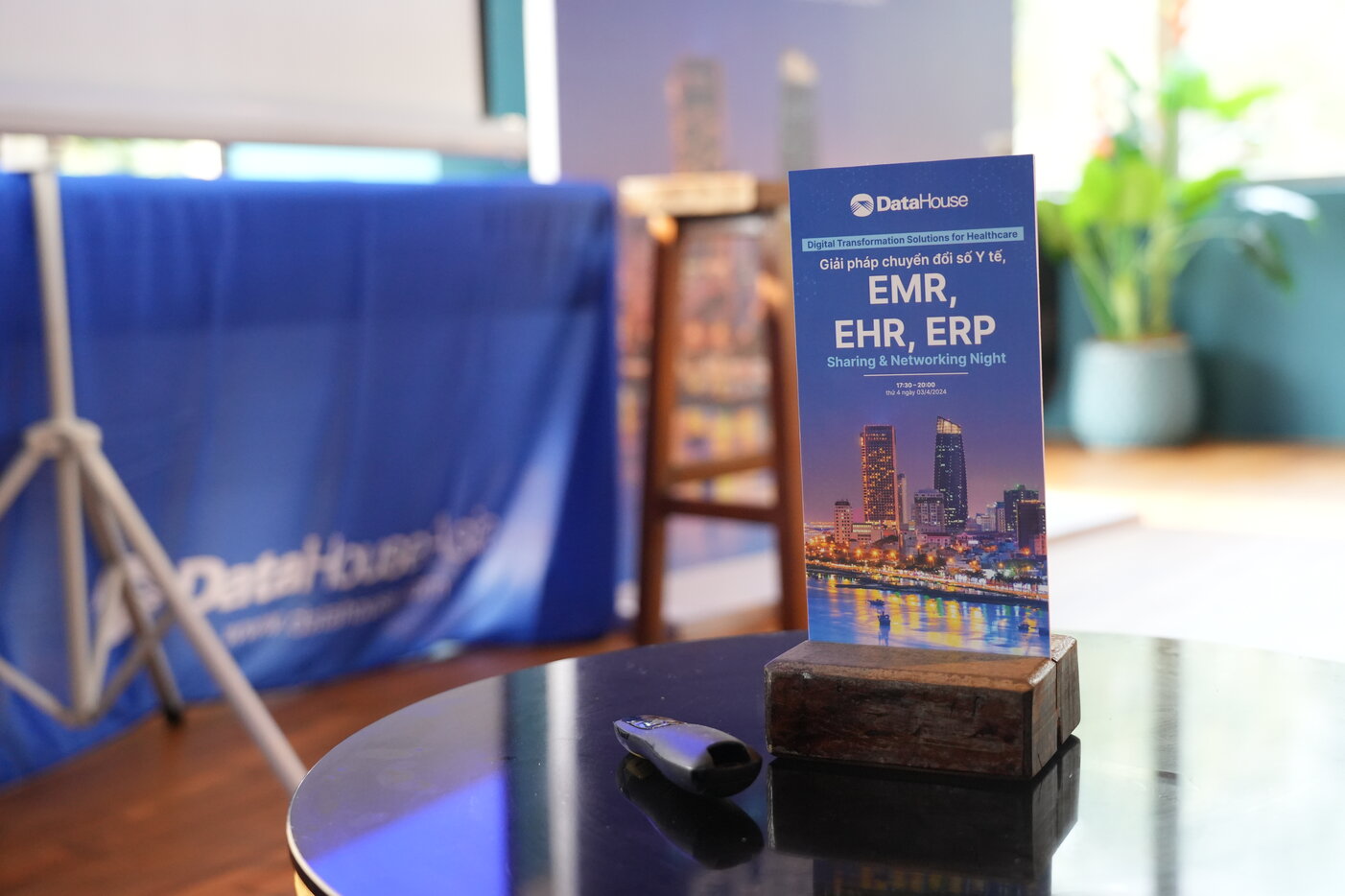Elevate your organization from every angle
Elevate your organization from every angle
Strengthen your team with expert insight
Strengthen your team with expert insight
Make swift, visionary decisions
Make swift, visionary decisions
Achieve more in every business aspect
Achieve more in every business aspect
We optimize your business so you can be sure that your services will look amazing on all devices and screen sizes.
With optimize, you can be sure that your services will look amazing on all devices and screen sizes.
Move forward with confidence
Choose DataHouse, Hawaii’s largest and longest-standing IT consulting firm as your guide in the modernization journey. Partnering with us opens the door to:

Unparalleled expertise
Benefit from our unmatched industry knowledge and passion for community development

Robust innovation network
Connect with our extensive network of tech innovators as we are part of the 'ike family of companies

Assured security and reliability
Your systems' safety and uptime are our highest priorities

Proven success
Take confidence in our track record of a 100% project completion rate

Vision-driven approach
Your vision is our mission. We’re committed to making it a reality

Lasting partnership
Discover our commitment to long-lasting, supportive relationships















